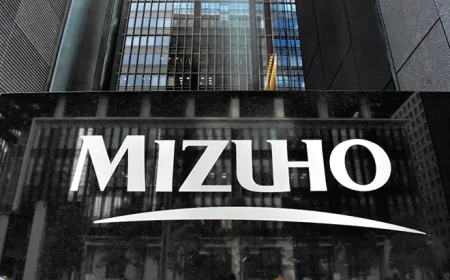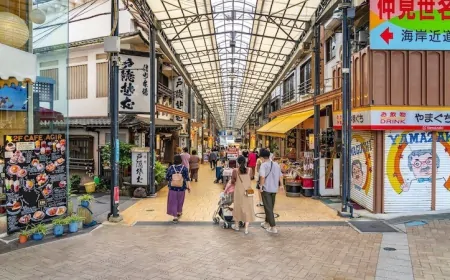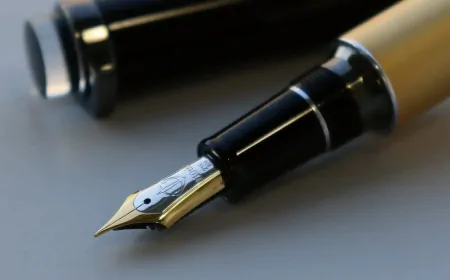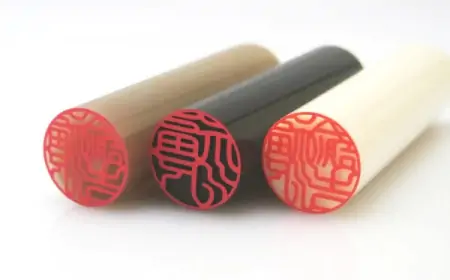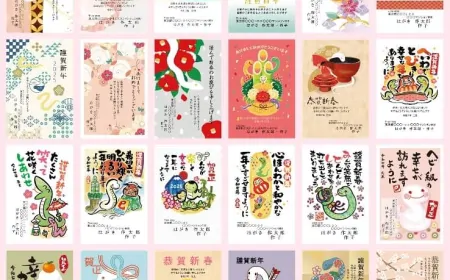Japanese rice grain
Wet rice farming in Japan began about 3,000 years ago. It is a challenging historical process for a country as unloved by nature as Japan.

Derived from the word "bowl"
In Chinese characters, the word Rice - 米― こめ - is made up of 2 characters "Bat". This character also means that to create the pearl of heaven, the Japanese have to go through more than 8 stages. Shows no small effort of Japanese farmers.
Spring weather is a golden time to "wake up" the fields. April when the cherry blossoms are in full bloom. Not only Japanese companies start in April, but Japanese agriculture is similar, rice farming is no exception. Japanese farmers start preparing for cultivation in the spring, sowing the seeds in the summer and harvesting in the fall.
Grow
In order to produce the top rice grains, the preparation stage cannot be taken lightly. The seeds are the finest round seeds carefully selected from the previous year's crop. Soil is well prepared. The soil is plowed up to be porous to easily absorb water.
Seeds that are sown are easier to germinate. Seeds that germinate to a certain length of about 3-4 inches will be uprooted and sown in another field. In the past this was done entirely by hand, but today machines can help more. The small roots from the young seedling quickly planted new ground thanks to the caring hands of people.
Take care of
Rice is wet rice, so water is a vital factor for the growth of rice. Water management in the field is very important. The Japanese make full use of the favors of nature in farming to get water from rivers and lakes for the plains. In mountainous areas, Japanese farmers also use the farming system on terraced fields like Vietnam. The lower and lower stairs help make the most of the rainwater in the summer.
"Good rice is good grass". Weeds and pests are a big concern of farmers, they have to weed and kill pests for rice throughout the crop. In some serious cases, Japanese farmers still have to use herbicides on the list of herbicides approved by the government.
Harvest
Summer is over, Autumn is full of sunshine and is the bell signaling the harvest season. The golden grains gradually become firm under the autumn sun. Water in the field is also drained so that the soil becomes dry again and is convenient for harvesting. The Japanese somewhere still apply hand harvesting to rice, the rice stalks are harvested with specialized tools such as Vietnamese scythes. After harvesting, the rice is bundled into bundles and "threw" for the seeds to fall out. At this time, they will carefully select the seeds for next year's crop.
--------------------------
Injavi.com - Visit in Japan
Related Products








